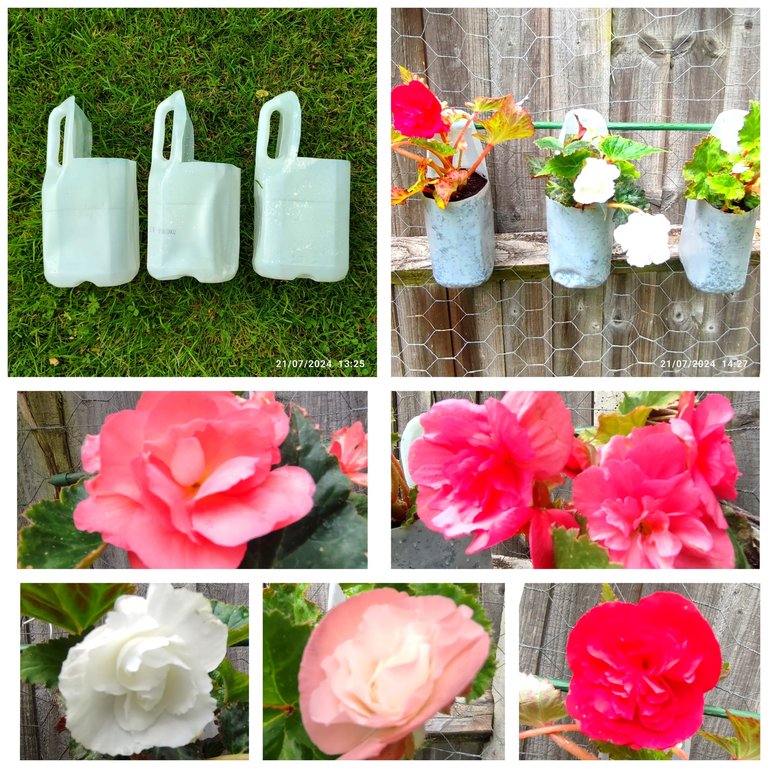
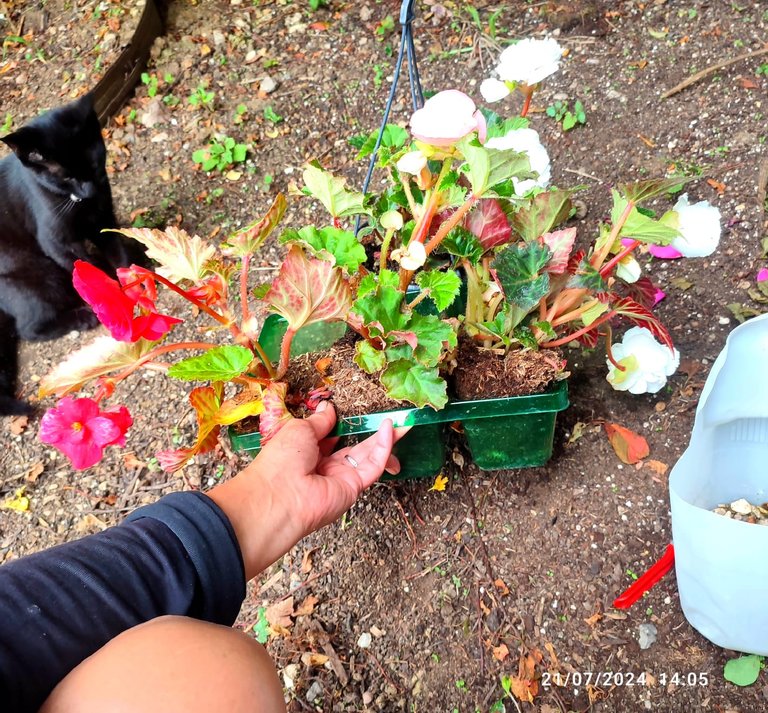
I had candyfloss-coloured begonias that needed transplanting. I only realized I didn't have enough plant pots of the correct size.
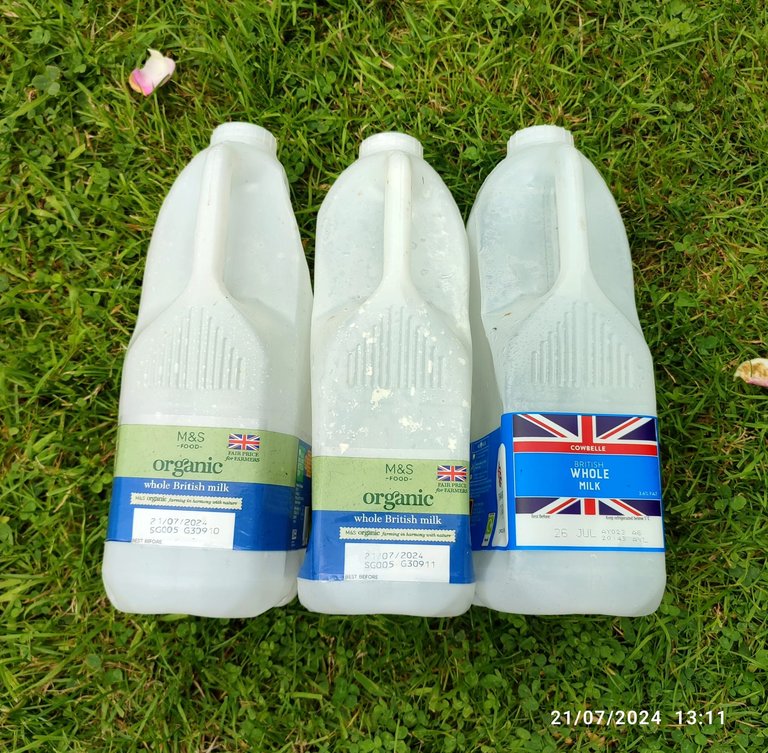
Luckily, I had a few empty milk containers that were the ideal size.
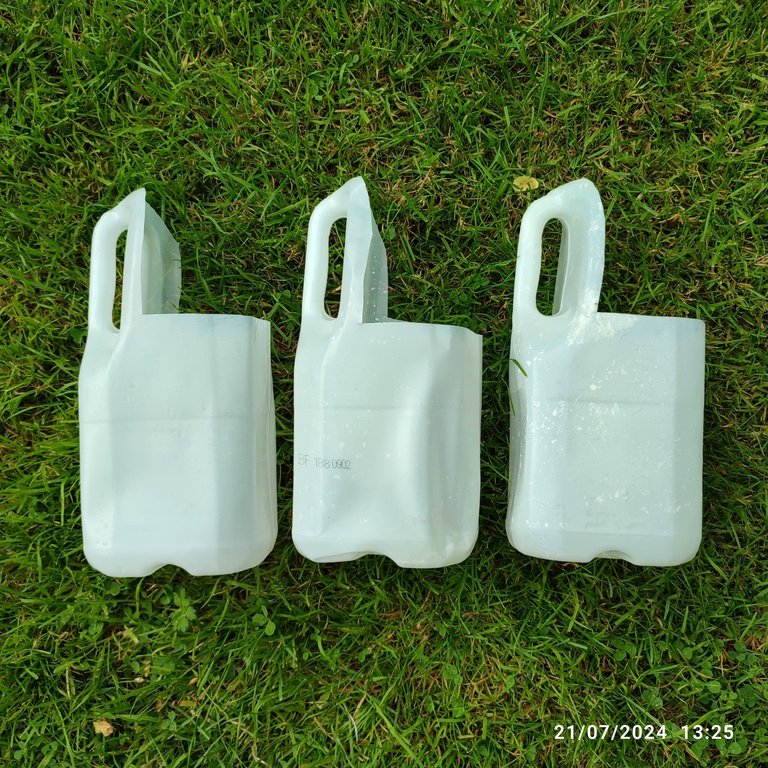
I turned them into planters.

I cut the upper front, including the lid, and left the handles intact. The cut wasn't too close to the handle to avoid weakening the support, as I planned to hang them.
I also didn't cut too low to fit a good amount of soil.
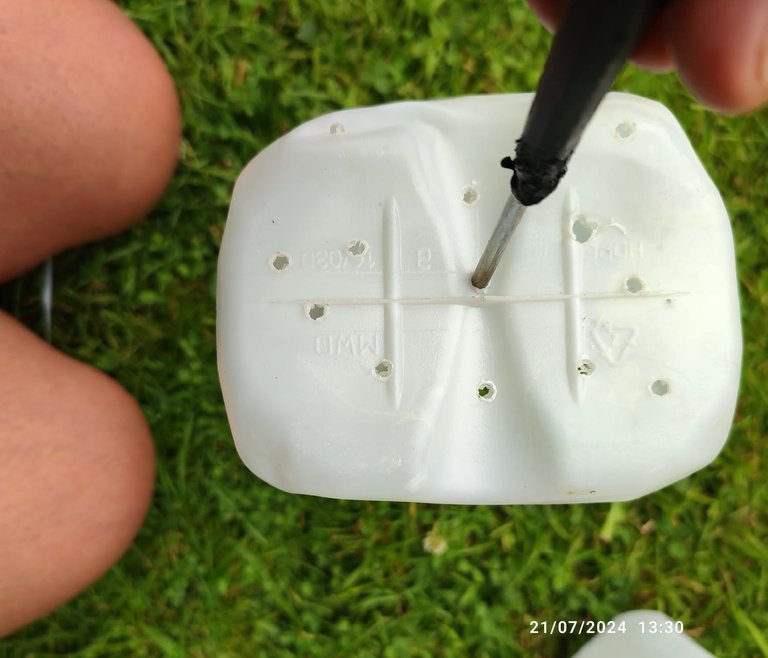
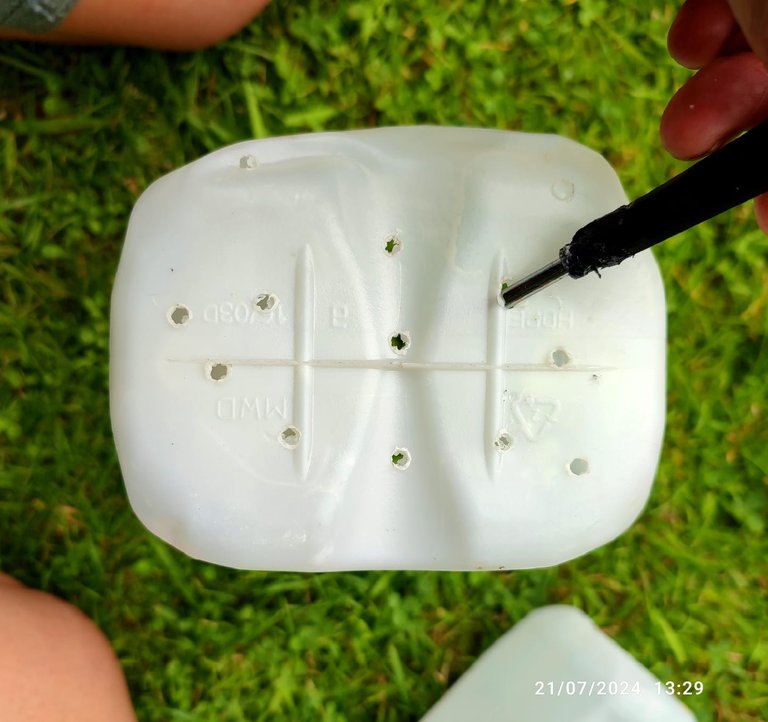
I made drainage holes using a heated-up screwdriver, which made them easier to create.

Since begonias don't like soggy soil, I put gravel at the bottom first.

The cut-off bit of the milk container turned out to be a good shovel.
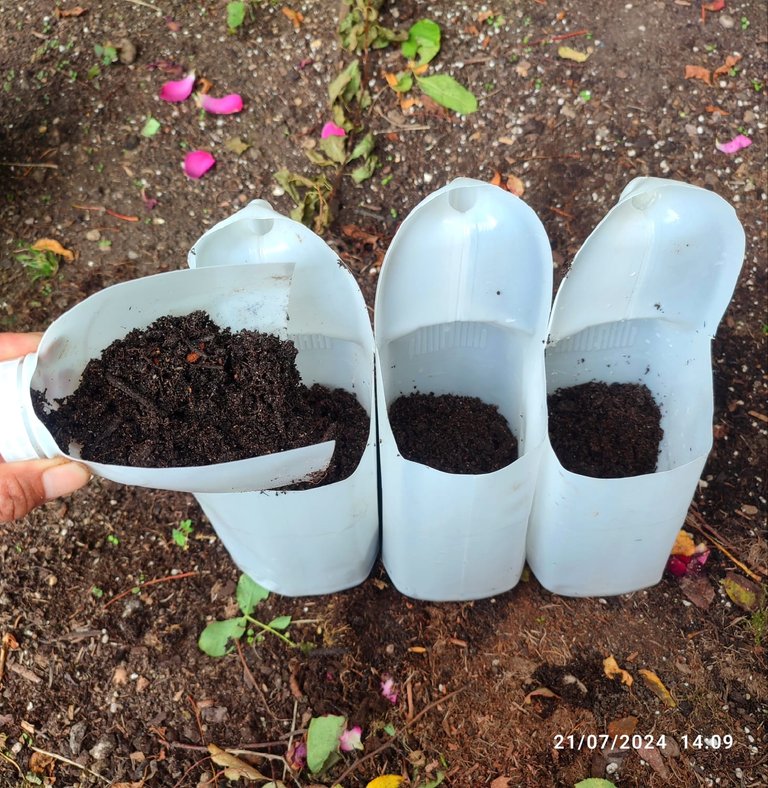
Then, I added the soil.
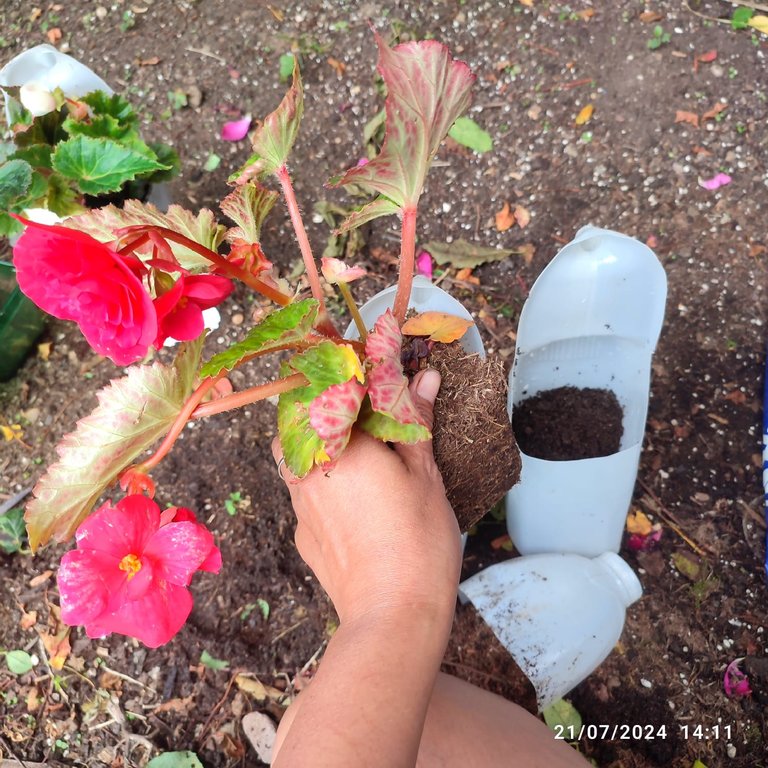
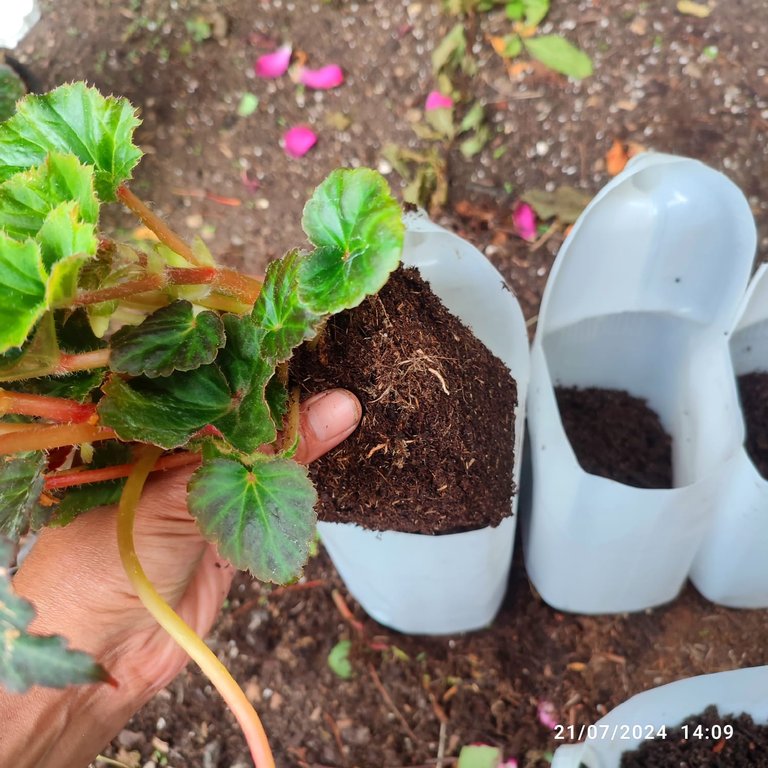
I planted the begonias, and the size was perfect—just what I needed.
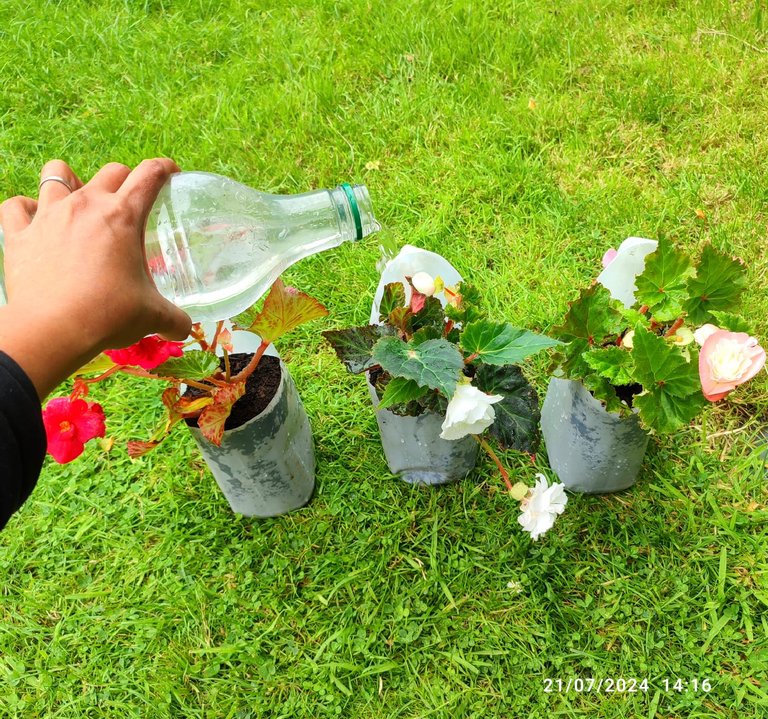
I watered them well.

The handles were great; I put a rod through them.

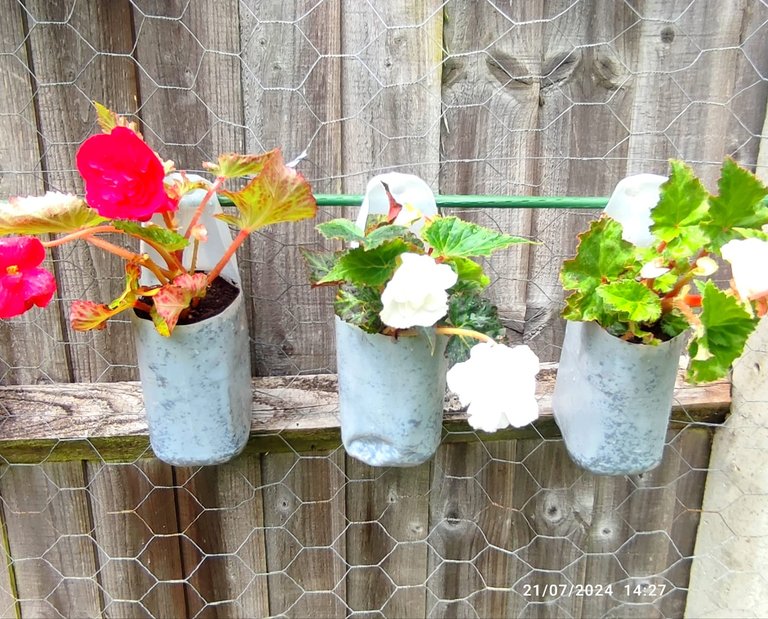
I hung them on the fence as they like partly sunny conditions—some shade and some sunshine.
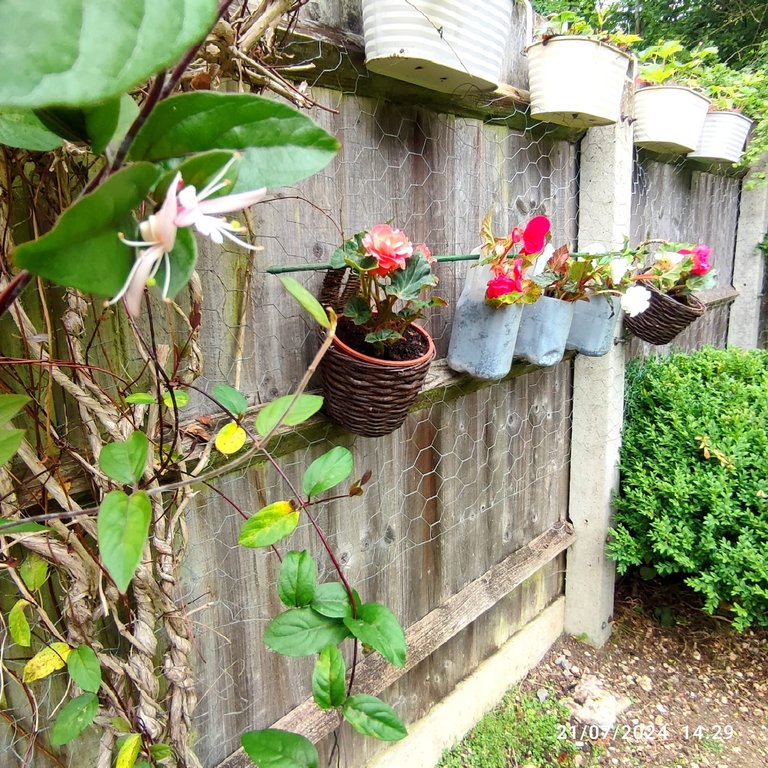
Hopefully, they will grow bigger with flourishing blooms in the next few days.

I learned that most begonias are edible. The leaves and flowers have a citrusy-sour taste, which is great in salads, jams, etc.
However, you cannot eat the tubers of tuberous begonias as they contain toxins.

I picked some leaves that I dared to try.
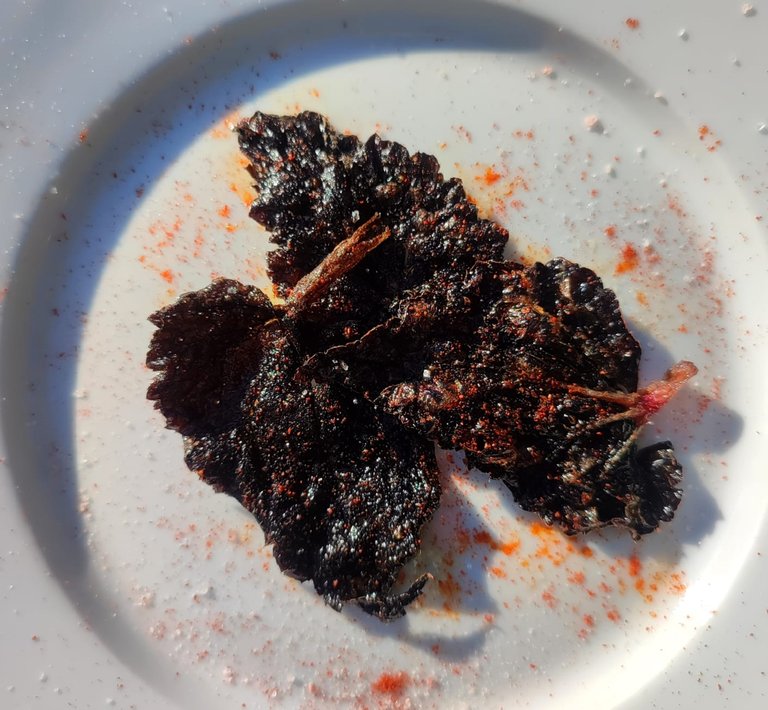
I fried the leaves, which turned black —not burnt but crispy. I sprinkled some salt and paprika.
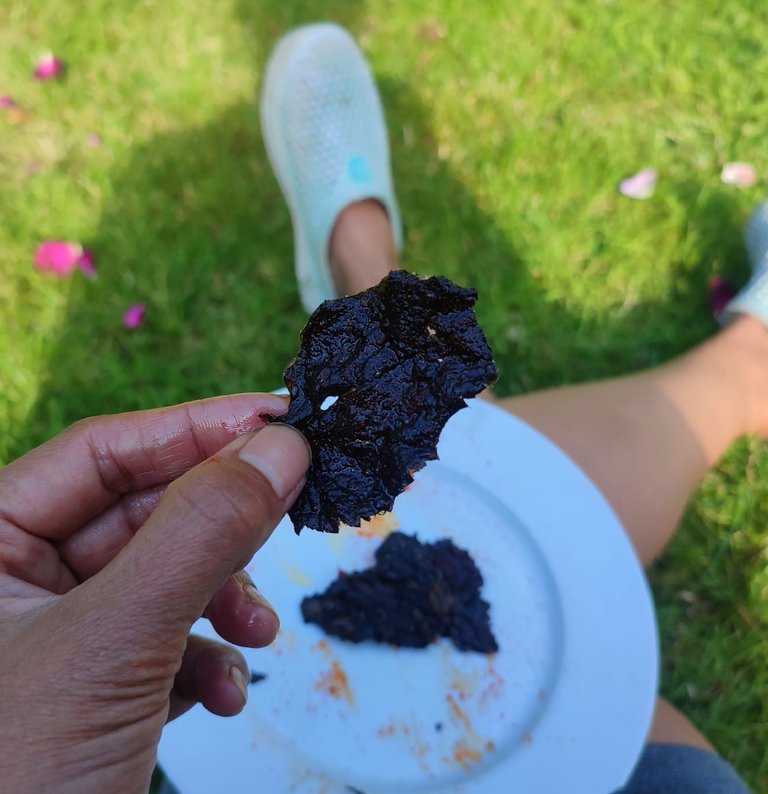
A unique little treat after. Savoury, citrusy, sour taste, with a lovely, almost nutty aftertaste.

Happy gardening, everyone!
Mariah 💚💗
It's a beautiful idea, and I love placing flowers in it.
Good job, I didn't know that begonias can be eaten haha I learned something new reading your post.
You did a good job transplanting them 😊
Thank you, yes they are edible except for the tubers of tuberous begonia but consumed in moderation. They contain oxalic acid, just like the one you find in taro, spinach, quinoa, and many other types of vegetables/fruits; not suitable for people with arthritis or kidney issues, especially if they are eaten raw and much oxalic can cause kidney stones. 😊